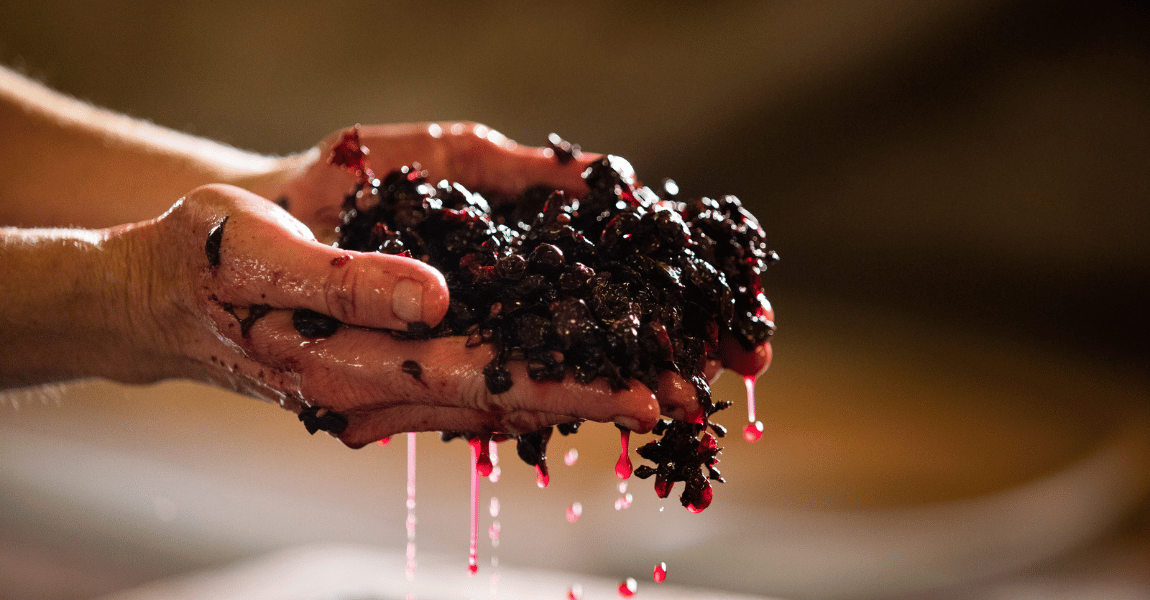WHITE WINE
WHAT WHITE IS THAT?
White wine is crafted from the fermentation of yellow or green grapes, resulting in a diverse range of flavours and styles.
Here’s a comprehensive overview of the most popular white wine varieties:
CRISP AND LIGHT
These wines are characterised by their refreshing qualities and are often enjoyed chilled.
- Albariño: A Spanish variety known for its zesty citrus flavours.
- Chablis: An unoaked Chardonnay from Burgundy, France, featuring mineral notes.
- Pinot Grigio: Light-bodied with fresh citrus flavours; often associated with Italy.
- Sauvignon Blanc: Known for its green fruit and herbaceous notes, ideal with salads and seafood.
- Verdejo: A Spanish grape that offers bright acidity and fruity notes.
HERBACEOUS
These wines typically exhibit herbal aromas and pair well with light dishes.
- Grüner Veltliner: An Austrian specialty with peppery and herbal characteristics.
- Sancerre: A French Sauvignon Blanc known for its crispness and minerality.
- Vermentino: Offers citrus and herbal notes, often found in Italian wines.
BOLD AND DRY
These wines are fuller-bodied with more intense flavours, often benefiting from oak aging.
- Chardonnay: Versatile; can be crisp (unoaked) or rich and buttery (oaked).
- Viognier: Known for its aromatic profile, featuring stone fruits and floral notes.
- Marsanne: Produces rich wines with honeyed characteristics, especially in warmer climates.
LIGHTLY SWEET
These wines have a hint of sweetness, making them aromatic and approachable.
- Riesling: Ranges from dry to sweet; known for its floral and fruity profiles.
- Moscato: Sweet and fruity, often enjoyed as a dessert wine.
- Gewürztraminer: Aromatic with notes of lychee and rose petals.
BOLDLY SWEET
These wines are very sweet, perfect for pairing with desserts.
- Sauternes: A French dessert wine made from botrytized grapes.
- Ice Wine: Produced from grapes frozen on the vine, resulting in concentrated sweetness.
- Tokaji: A Hungarian sweet wine known for its rich flavours and complexity.
OTHER NOTABLE VARIETIES
- Chenin Blanc: Versatile; can be dry or sweet, often showcasing apple and honey flavours.
- Semillon: Often blended with Sauvignon Blanc; can be rich or light depending on the region.
- Trebbiano (Ugni Blanc): Light-bodied with high acidity; commonly used in Italian wines.

Fining is a pivotal stage in the winemaking process, performed to enhance the clarity, stability, and overall quality of wine before it reaches the bottle.
This technique involves the use of fining agents, substances added to the wine to bind with and remove unwanted particles and impurities.
Through this meticulous process, winemakers can ensure that their final product is not only visually appealing but also stable and flavourful.

Wine has long been considered a staple of social gatherings, fine dining, and relaxation.
However, many people are surprised to learn that most wines are not vegan-friendly.
This is due to the traditional winemaking processes that often involve the use of animal-derived fining agents. These agents are employed to clarify the wine, ensuring a clear and visually appealing final product.

